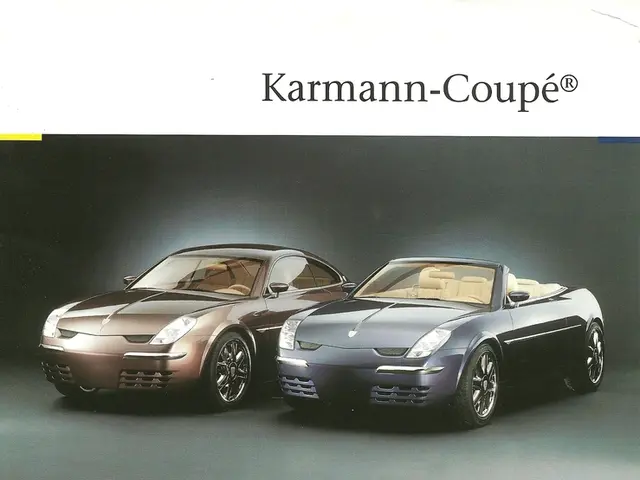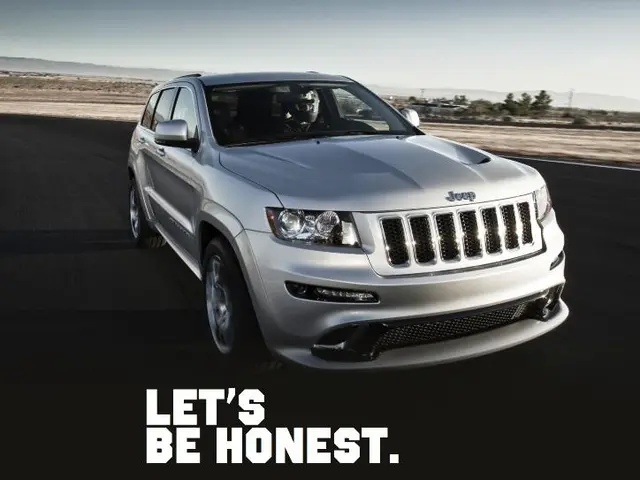Jeep Revamps Compass for European Roads, Boosts Design and Tech
Jeep has revamped its Compass, aiming to cater to European tastes and fit seamlessly on European roads. The second-generation model, launched in 2017 and facelifted in 2021, is a significant improvement over its poorly received predecessor. The Compass now competes with the likes of the Nissan Qashqai, Volkswagen Tiguan, and Kia Sportage.
The Compass' design is a standout feature, boasting modernised styling and robust proportions. Under the hood, buyers can choose from several powertrain options. A 1.3-litre 4-cylinder turbo petrol engine, producing 128bhp and 199lb ft of torque, is available. Additionally, a 1.5-litre 4-cylinder turbo petrol engine paired with a 48V mild hybrid system generates 128bhp, with an extra 20bhp from the electric motor. For those seeking four-wheel drive capability, the plug-in hybrid 4xe powertrain is on offer.
Pricing for the Compass starts at approximately €23,985 for the 1.3 T4 4xe plug-in hybrid automatic version. Used models can be found for around €20,970, while new variants like the 'North Star' start near €35,759. Despite its attractive design, space efficiency, and tech features, the Compass' powertrains have been criticised for falling short.
The Jeep Compass, the second youngest model in Jeep's lineup, has evolved significantly since its first generation. With its appealing design, practicality, and tech offerings, it holds its own against competitors. However, improvements in powertrain performance are needed to fully satisfy European buyers.
Read also:
- Comparing the value of top electric scooters: Kinetic DX versus Bajaj Chetak versus TVS iQube - Which one offers the best bang for the buck?
- China's Automotive Landscape: Toyota's Innovative Strategy in Self-Driving Vehicles
- BMW's latest release, the iX3, now available with M Performance enhancements.
- Nissan Fortifies Supply Chain and Cybersecurity with KPMG, PwC Partnerships








